Vietnam — if you’re a typical middle-class Western traveler, you probably know it’s the first stop on the Southeast Asian backpacking circuit. Maybe you’ve seen photos of its cities’ swarming motorbikes and their crazy cargo, or the tropical beaches that line much of the country’s 2,100 miles of coast, or the jungly mountains of the interior and their resident “hill tribes.”
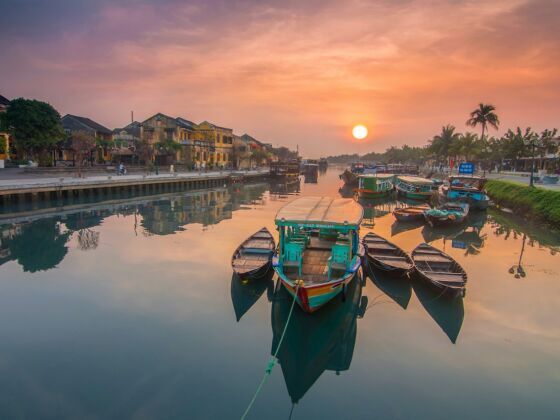
11 Things You Might Not Know About Vietnam
Let’s step away from those images for a moment and look at some facts and figures you probably don’t know about Vietnam.
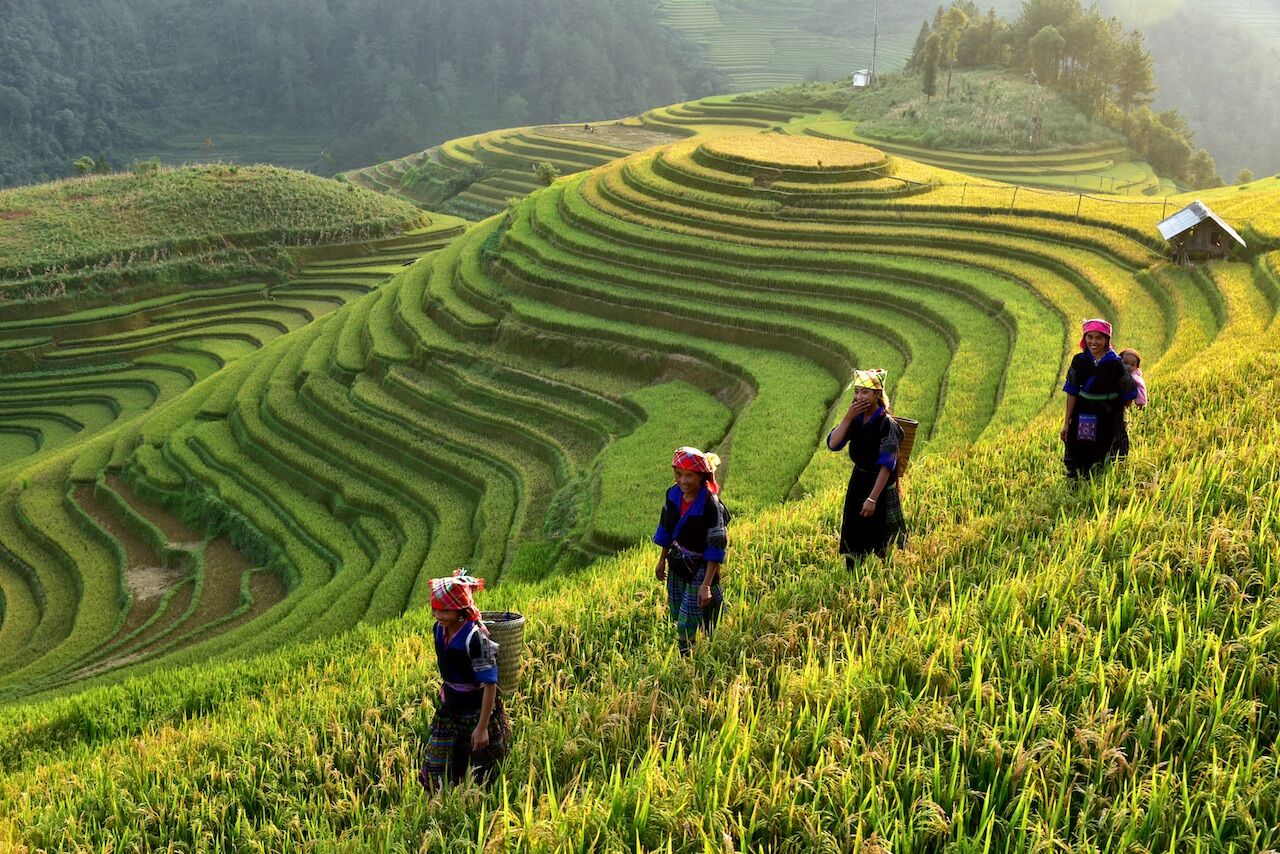
Vietnam is the second-largest exporter of rice in the world, behind Thailand. They’re second to none when it comes to exporting cashews. Photo: Sirisak_baokaew/Shutterstock
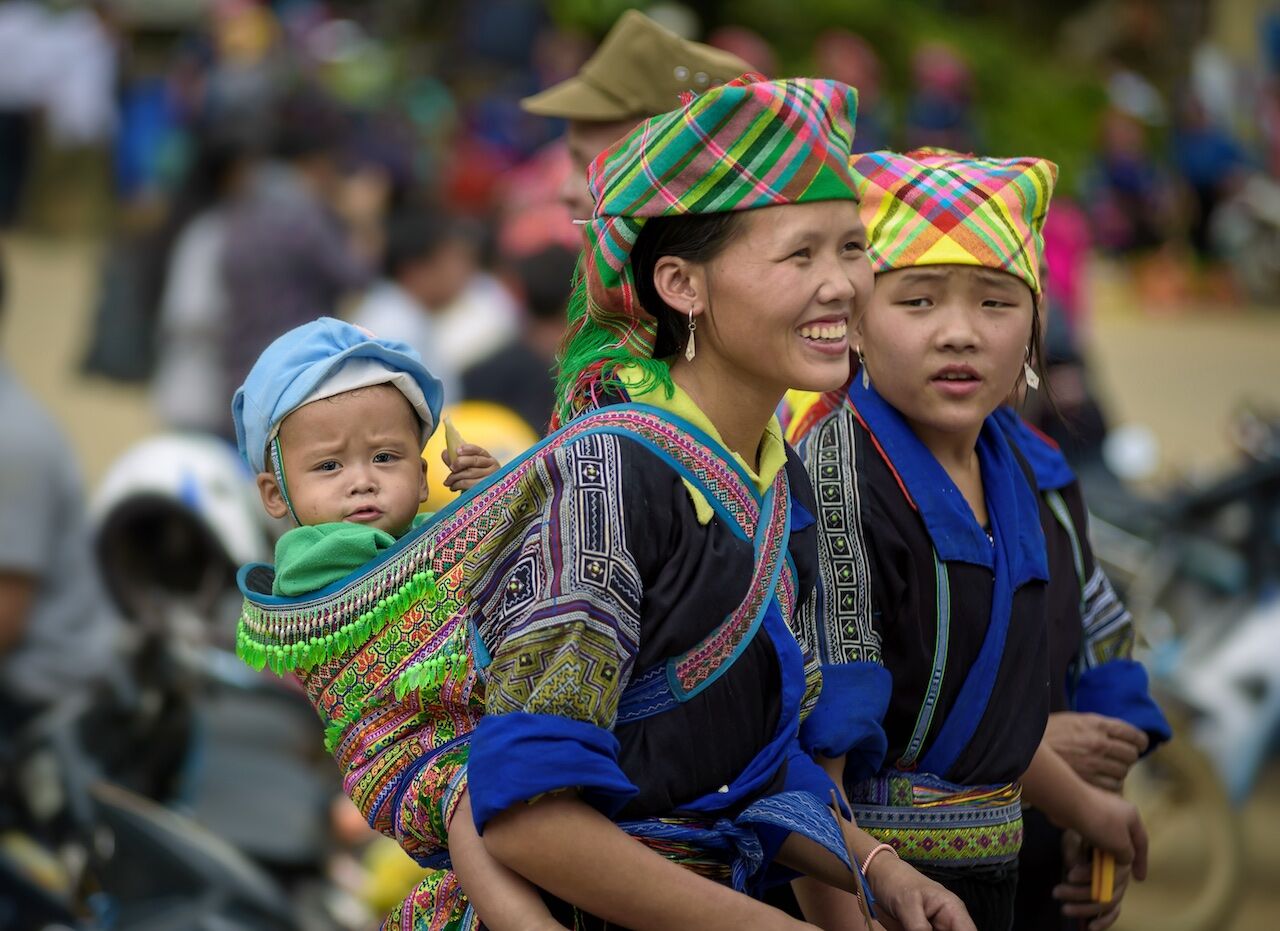
Over 3 million Vietnamese people living outside of the country speak Vietnamese as a first language. The northern variety of Vietnamese contains six tones, while those of most other regions contain five. Photo: Suriya99/Shutterstock
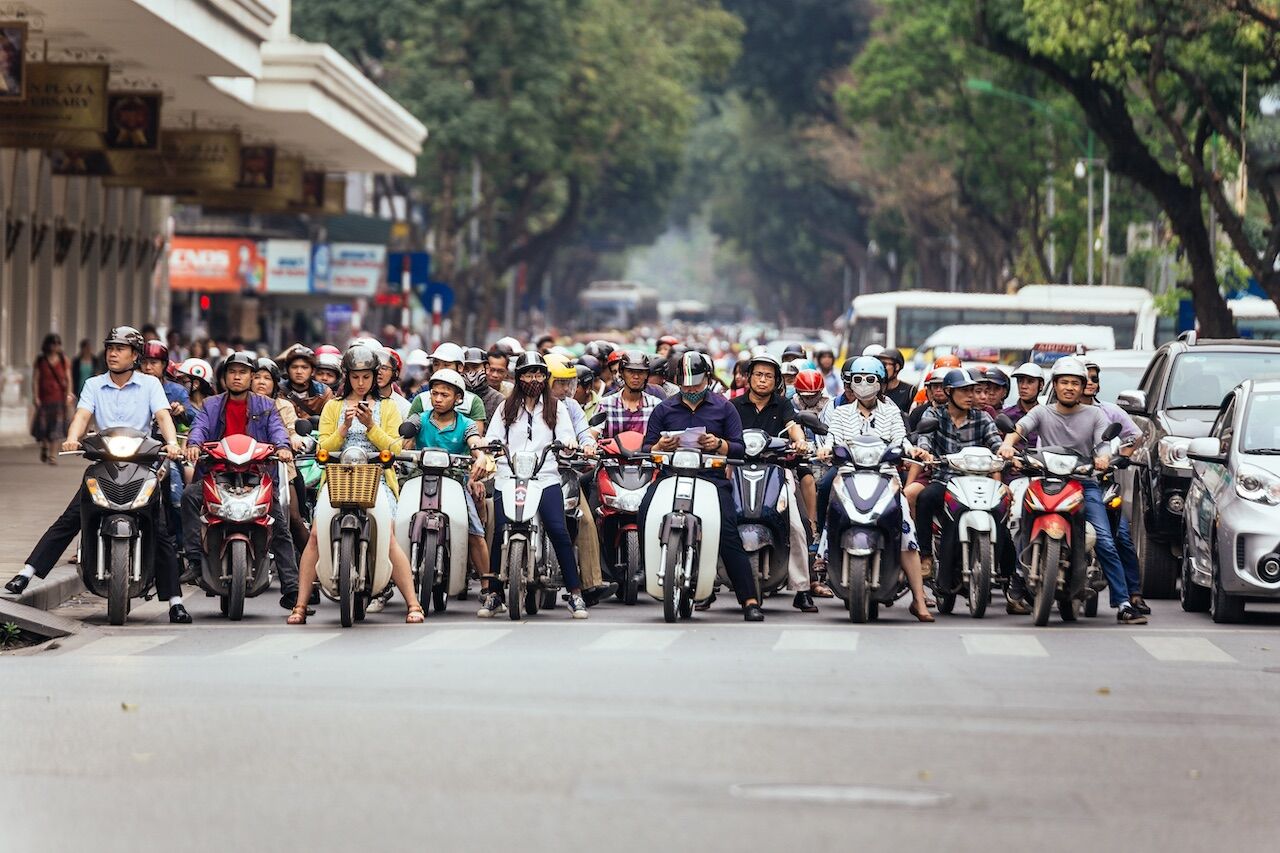
Vietnam has roughly 1.6 million cars, but the country’s main method of transportation is the motorbike. As many as 37 million can be found in the country. Photo: Artit Wongpradu/Shutterstock
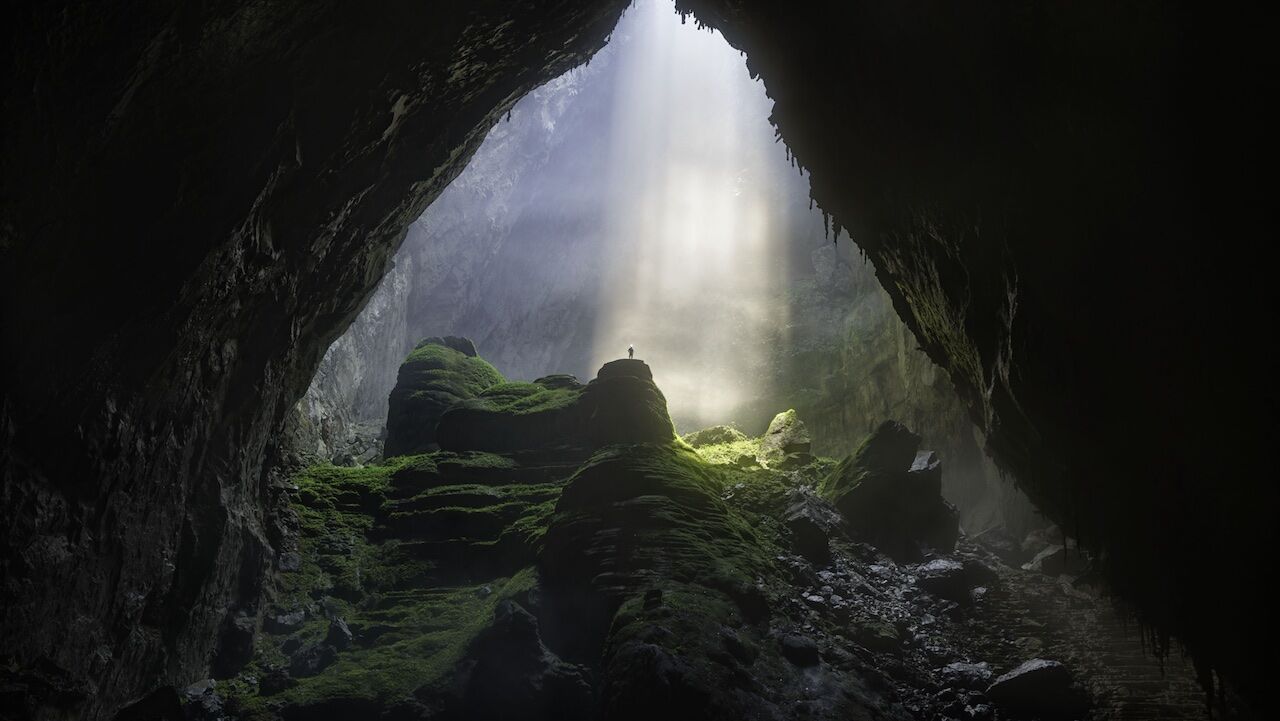
Sơn Đoòng Cave, found in Phong Nha-Kẻ Bàng National Park, was the world’s largest known cave as of 2009. Public tours of the cave, which contains both a small rainforest and river, began in 2013. Photo: David A Knight/Shutterstock

Well known for its biodiversity, Ha Long Bay and its 1,969 islands are home to over 200 species of fish and 450 types of mollusks. Photo: Nguyen Quang Ngoc Tonkin/Shutterstock
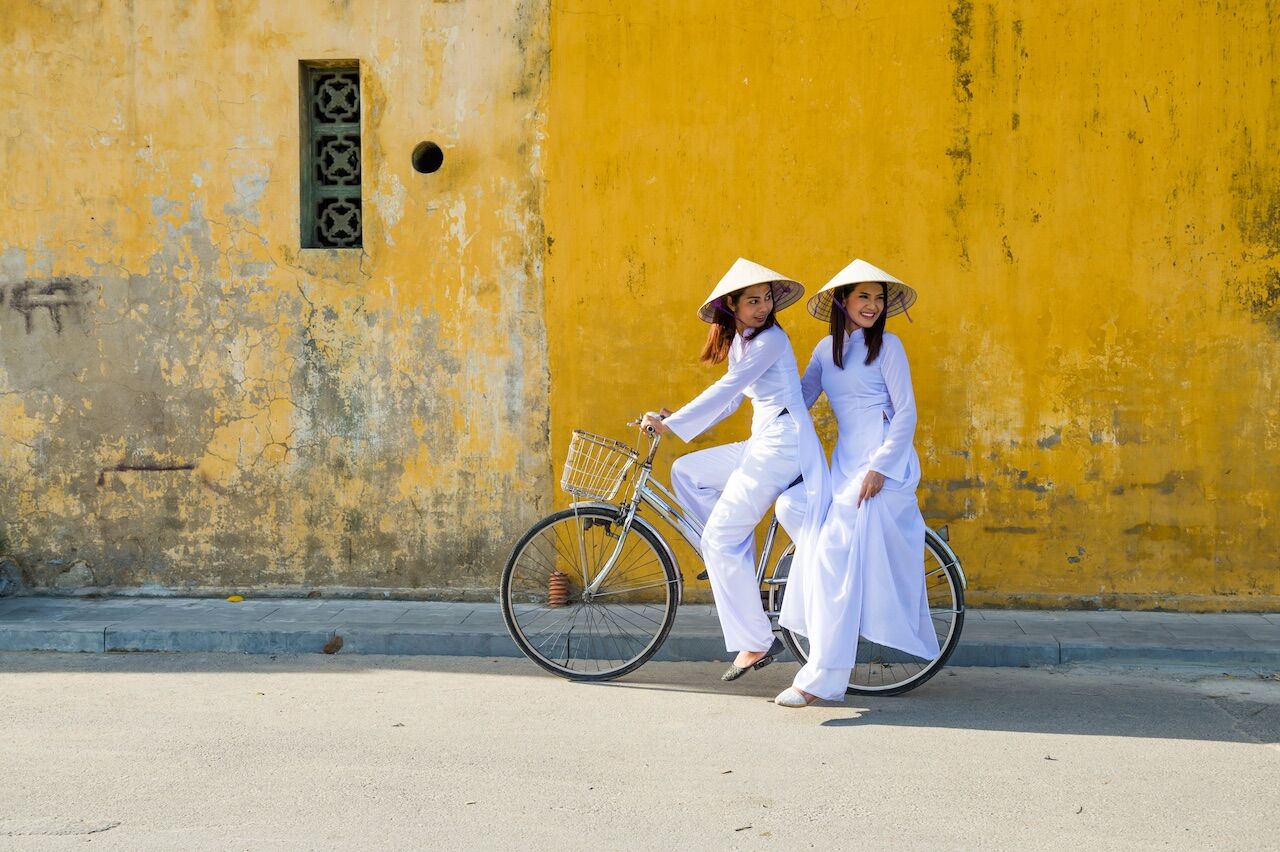
A part of Vietnamese national dress, the áo dài is a silk tunic typically worn over pants, though the outfit has undergone several iterations over time. At one point, the áo dài was deemed politically controversial. Photo: worradirek/Shutterstock
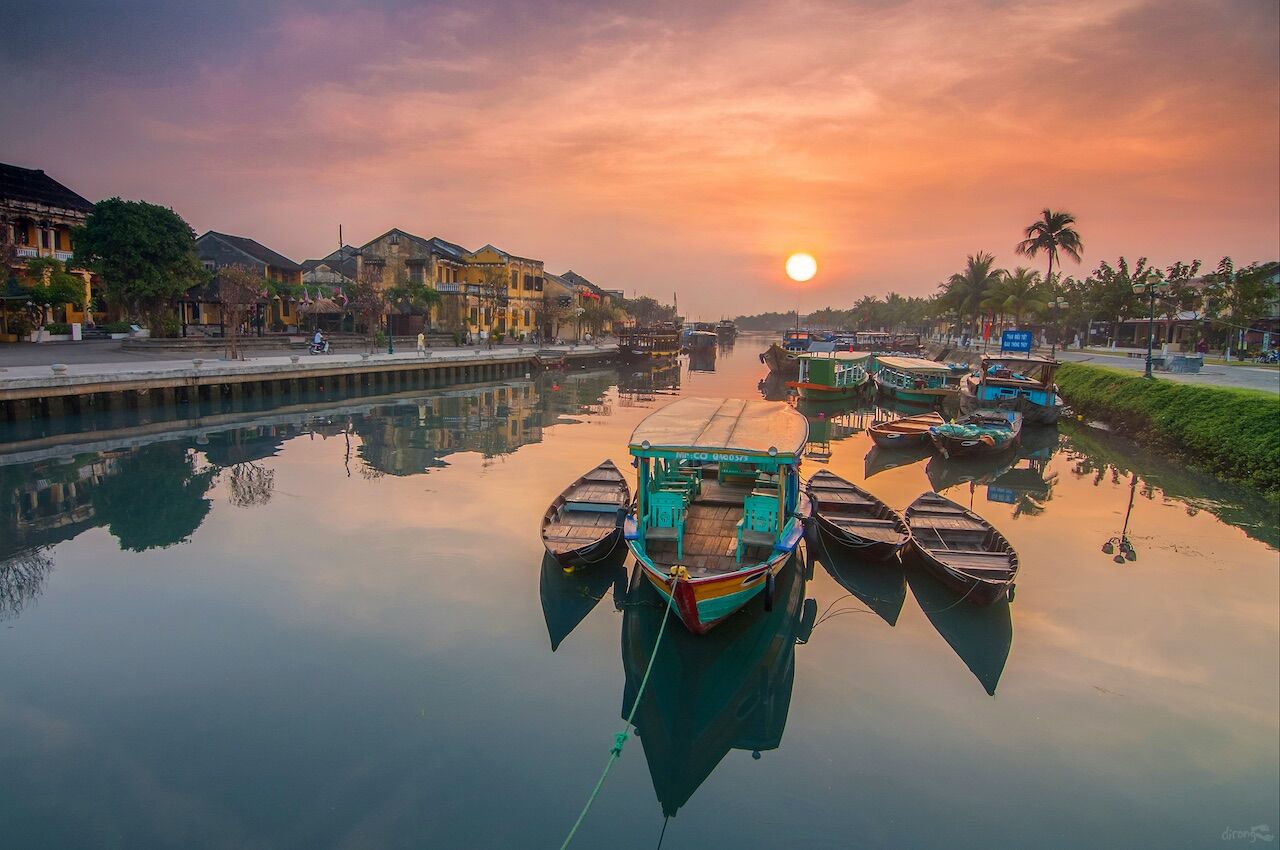
Hội An was once named Hai Pho during the 16th and 17th centuries and was divided by the “Japanese Bridge” (so named because a Japanese settlement could be found across the bridge). Photo: vuong kha thinh/Shutterstock
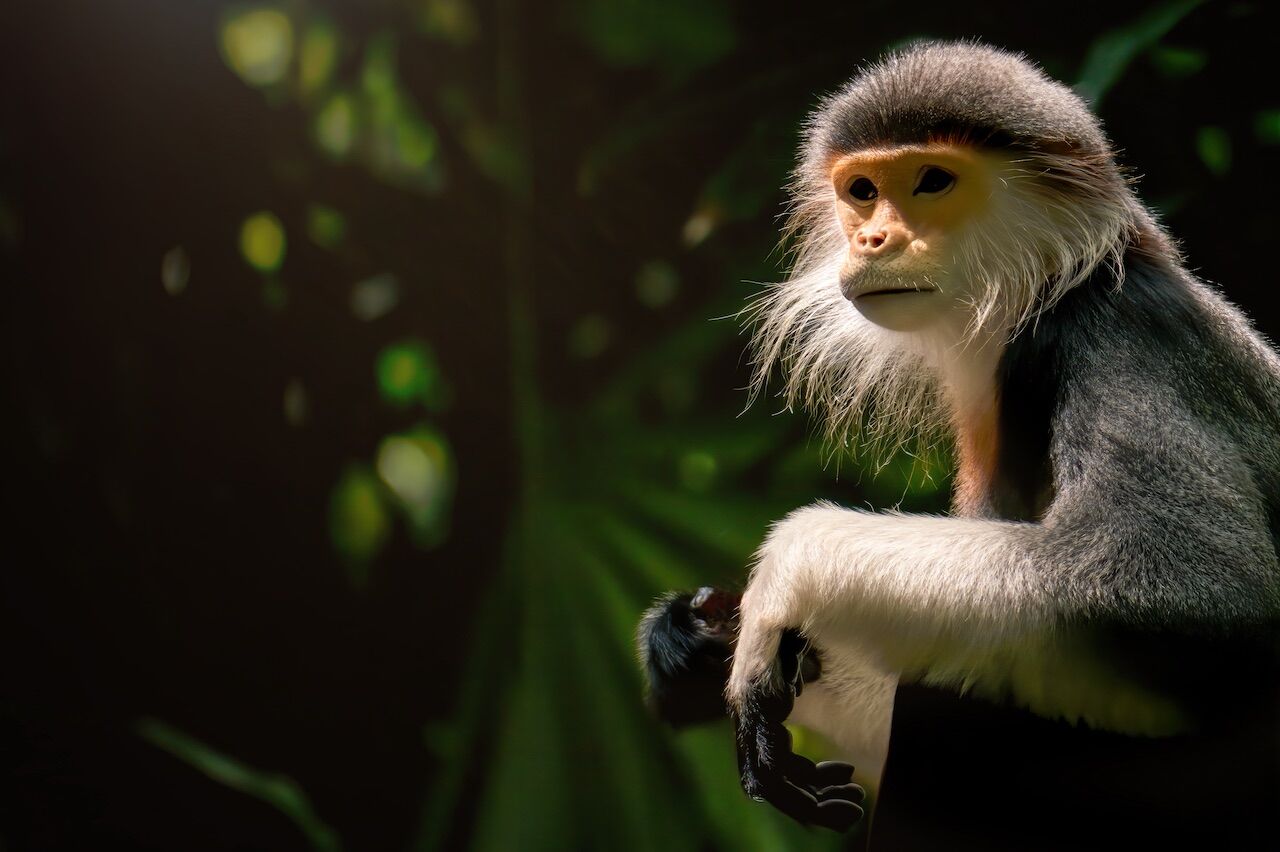
The gray-shanked douc langur (Pygathrix cinerea) is a type of monkey native to parts of Vietnam, and fewer than 700 individuals remain in existence. Considered one of the world’s 25 most endangered primates, it can be seen at the Endangered Primate Rescue Center. Photo: CherylRamalho/Shutterstock
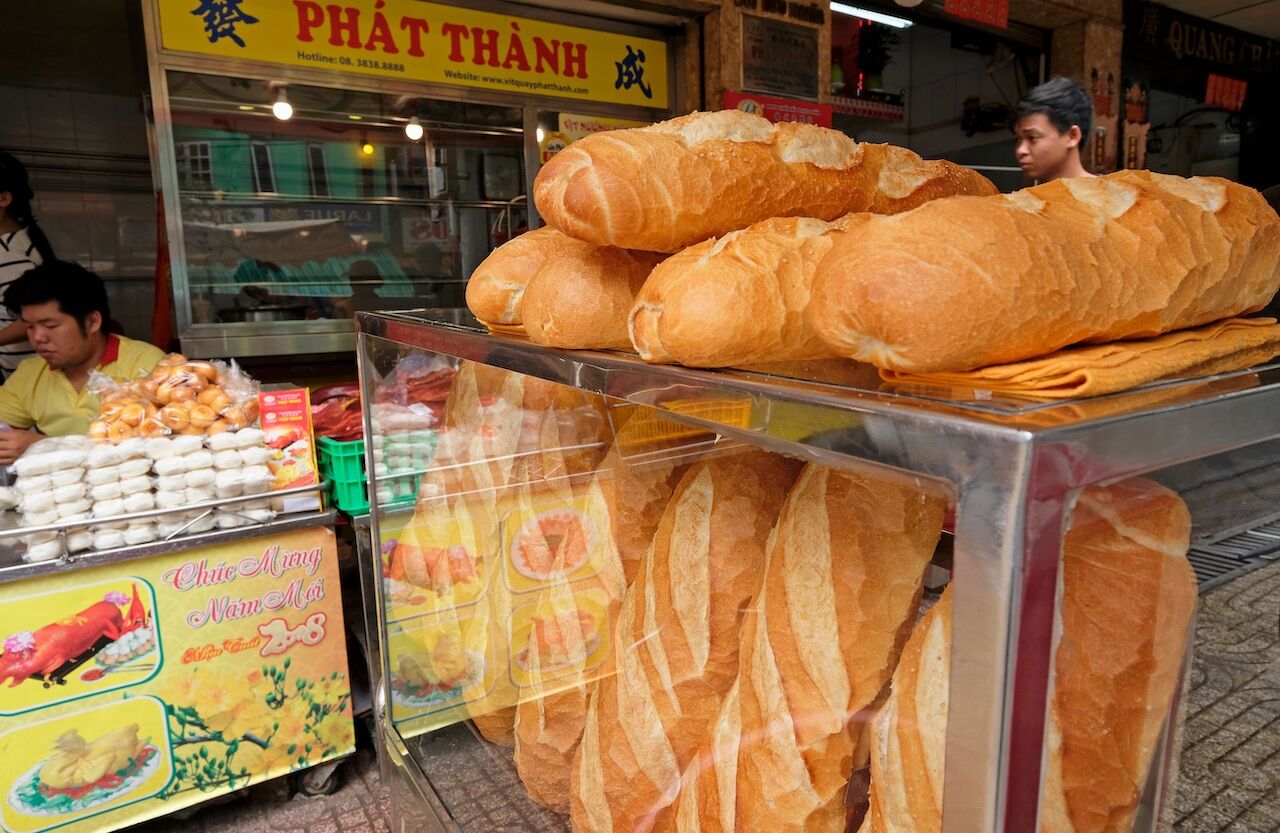
Though well known as a particular style of sandwich, bánh mì refers to many types of bread in Vietnam. The baguette was introduced to Vietnam during its time as a French colony—the bread remains a part of Vietnamese cuisine. Photo: vivanvu/Shutterstock
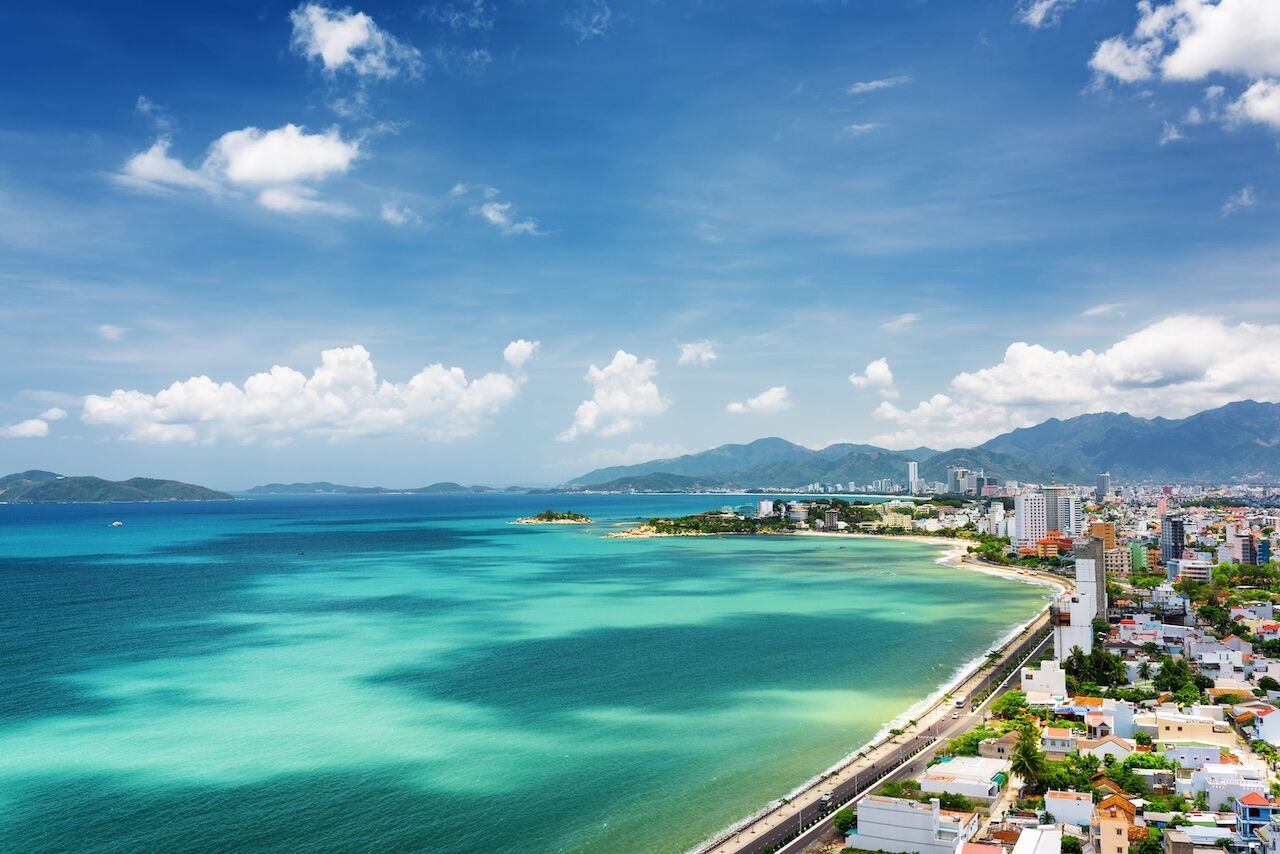
While beachgoers like to visit Nha Trang’s beaches when the sun’s out and the weather’s hot, locals often prefer to go swimming at dawn and dusk. Seeing swimmers earlier than 5am isn’t uncommon. Photo: Efired/Shutterstock
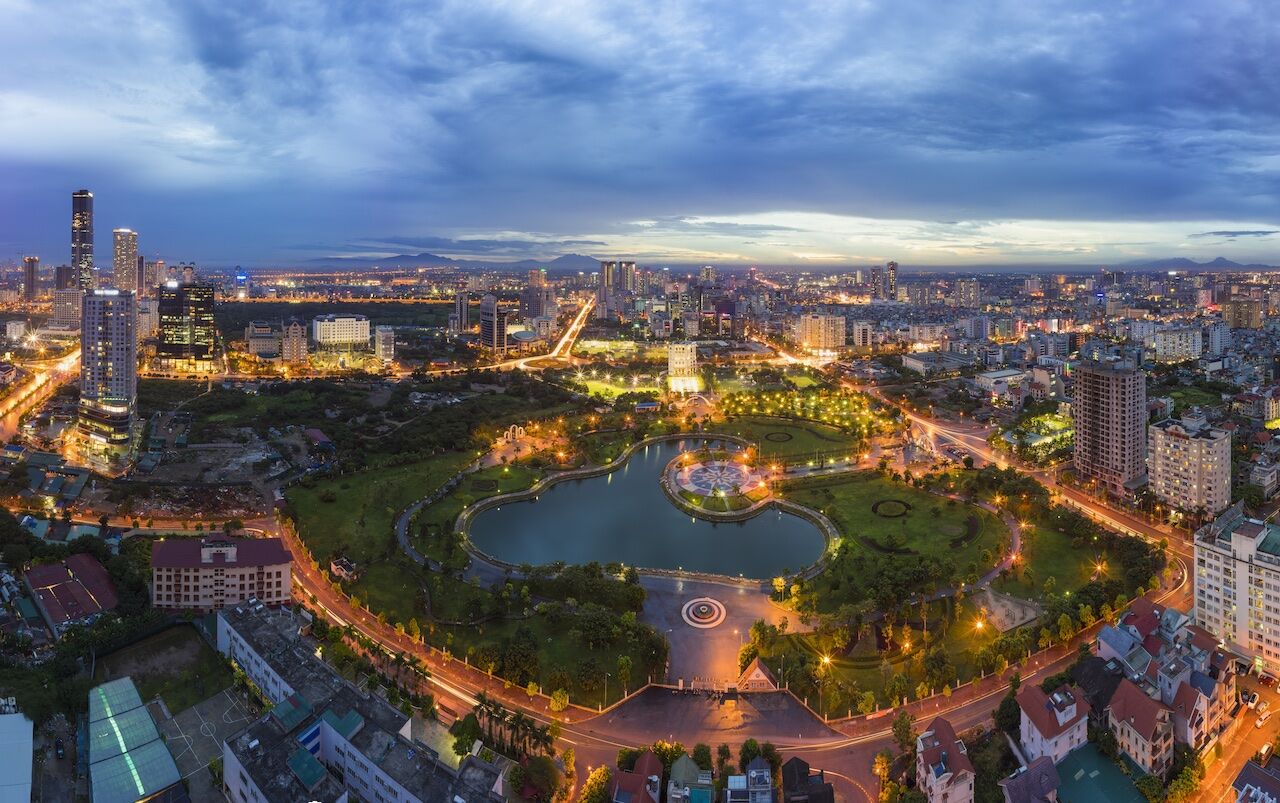
According to Pricewaterhouse Coopers, Hanoi will be the fastest growing city on Earth with regards to GDP from 2008 to 2025. The city’s said to have attracted over 20% of Vietnam’s investment capital in 2013. Photo: Vietnam Stock Images/Shutterstock